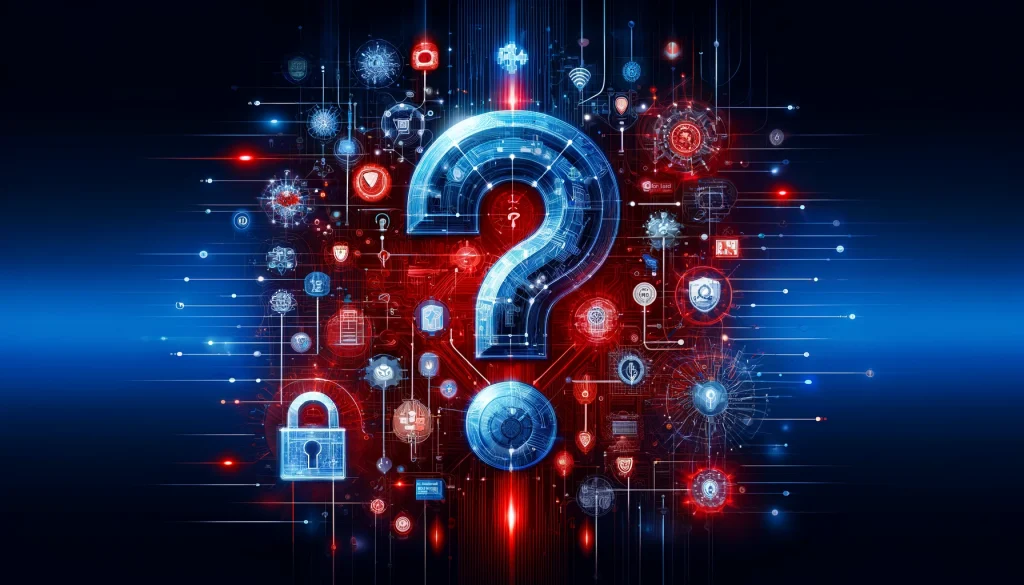15 FAQs to Understand Blockchain Technology
Blockchain technology has emerged as one of the most revolutionary innovations of the 21st century, impacting various industries from finance to supply chain management. However, understanding this complex technology can be daunting. Here are 15 frequently asked questions (FAQs) to help you grasp the basics and potential of blockchain technology.
Table of Contents
1. What is Blockchain Technology?
Answer: Blockchain is a decentralized digital ledger that records transactions across multiple computers so that the record cannot be altered retroactively. Each block in the chain contains a list of transactions, and these blocks are linked together to form a chain.
2. How Does Blockchain Work?
Answer: Blockchain works by storing data in blocks, which are then chained together in chronological order. When a new transaction occurs, it is added to a block. Once a block reaches its capacity, it is closed and linked to the previous block, forming a chain. This process is secured using cryptographic hashes.
3. What is a Cryptographic Hash?
Answer: A cryptographic hash is a function that converts an input (or ‘message’) into a fixed-size string of bytes, which appears random. It is a one-way function – data can be converted into a hash, but the hash cannot be converted back into data. Hashing ensures data integrity.
4. What is a Decentralized Ledger?
Answer: A decentralized ledger is a database that is replicated and synchronized across multiple sites, institutions, or geographies, accessible by multiple people. Unlike a centralized ledger, there is no single point of control or failure, enhancing security and transparency.

5. What Are Smart Contracts?
Answer: Smart contracts are self-executing contracts with the terms of the agreement directly written into code. They automatically enforce and execute the terms of a contract when predetermined conditions are met, without the need for intermediaries.
6. How is Blockchain Different from Traditional Databases?
Answer: Unlike traditional databases that are centralized and controlled by a single entity, blockchain is decentralized and maintained by a network of nodes. Data stored in a blockchain is immutable, meaning once recorded, it cannot be changed or deleted.
7. What is a Node in Blockchain?
Answer: A node is any computer that connects to the blockchain network. Each node maintains a copy of the blockchain and contributes to the network’s functionality, whether by validating transactions, storing data, or broadcasting information to other nodes.
8. What is a Consensus Mechanism?
Answer: A consensus mechanism is a protocol used in blockchain to achieve agreement on the state of the ledger among distributed nodes. Common consensus mechanisms include Proof of Work (PoW), Proof of Stake (PoS), and Practical Byzantine Fault Tolerance (PBFT).
9. What is Proof of Work (PoW)?
Answer: Proof of Work is a consensus mechanism where nodes (miners) compete to solve complex mathematical puzzles. The first one to solve the puzzle gets to add a new block to the blockchain and is rewarded with cryptocurrency. PoW is resource-intensive but highly secure.
10. What is Proof of Stake (PoS)?
Answer: Proof of Stake is a consensus mechanism where validators are chosen to create new blocks based on the number of coins they hold and are willing to “stake” as collateral. PoS is more energy-efficient than PoW and promotes long-term commitment to the network.
11. What Are Public and Private Blockchains?
Answer: Public blockchains are open to anyone and fully decentralized. Private blockchains are restricted, with access limited to a specific group of participants, typically used by businesses for internal processes.
12. How Secure is Blockchain?
Answer: Blockchain is highly secure due to its decentralized nature and cryptographic hashing. However, it is not immune to attacks, such as 51% attacks, where a single entity controls the majority of the network’s mining power. Proper implementation and security measures are essential.

13. What are the Applications of Blockchain Beyond Cryptocurrency?
Answer: Blockchain has applications in various fields, including supply chain management, healthcare, voting systems, real estate, and identity verification. It enhances transparency, security, and efficiency in these sectors by providing a tamper-proof record of transactions.
14. What is a Fork in Blockchain?
Answer: A fork is an event where a blockchain splits into two separate chains. Forks can be planned (hard forks) or accidental (soft forks). Hard forks often occur when there is a fundamental change or upgrade in the protocol that is not backward compatible.
15. What are the Challenges of Blockchain Adoption?
Answer: Blockchain adoption faces challenges such as scalability issues, high energy consumption (for PoW systems), regulatory uncertainty, and the need for significant technological infrastructure and expertise. Addressing these challenges is crucial for broader adoption.
Conclusion
Understanding blockchain technology involves grasping its fundamental concepts, how it operates, and its potential applications. As this technology continues to evolve, staying informed about its developments and implications can help you leverage its benefits in various industries. Blockchain promises to revolutionize how we transact and interact in a digital world, making it an exciting area to explore and invest in.
